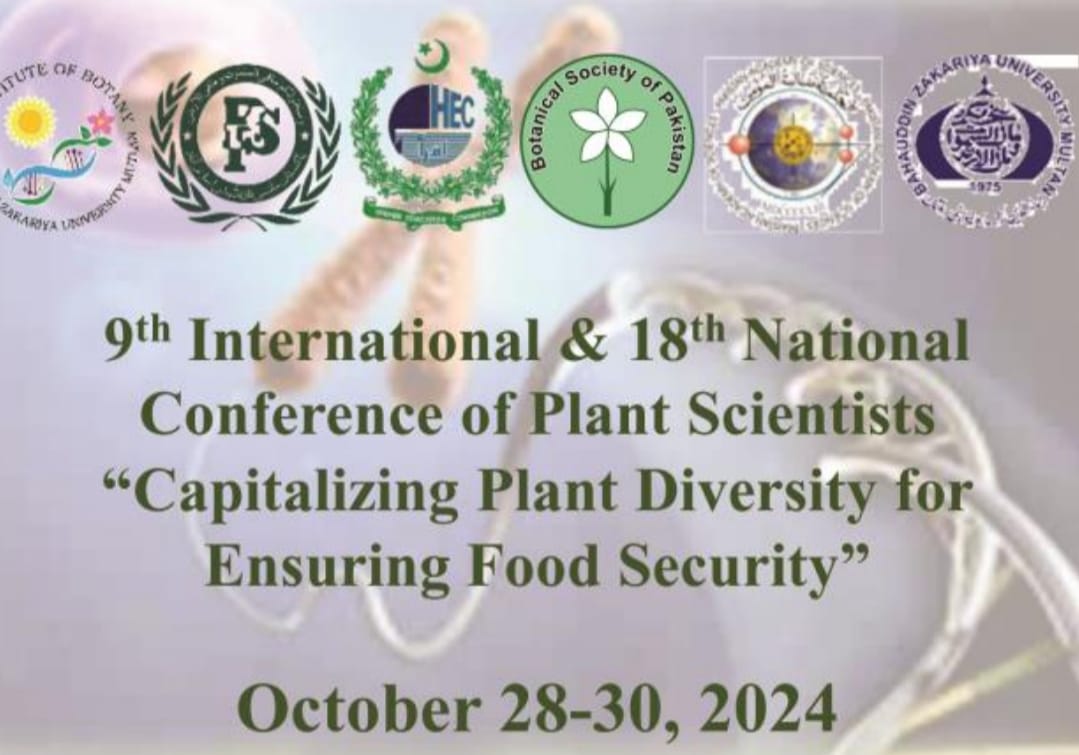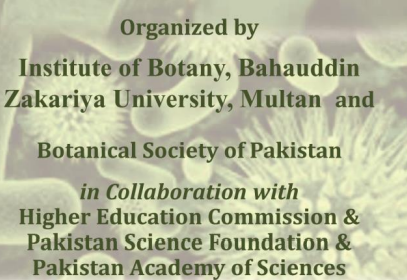-
-
-
-
-
-
-
-
-
-
-
-
-
-
-
-
-
In present study the chromosome number and morphology of some species of the genus Phlomis Linnaeus (Lamiaceae) were investigated using karyological techniques. The seeds of Phlomis grandiflora H.S. Thompson, var. grandiflora and Phlomis lunariifolia Sm.w
KARYOLOGICAL STUDIES ON SOME PHLOMIS L TAXA (LAMIACEAE) CANAN OZDEMĐR1, CENK DURMUSKAHYA2, HAKAN SEPET1 AND BAHATTĐN BOZDAĞ1
Download PDF
-
-
-
-
-
-
-
-
-
-
-
-
-
-
-
-
-
FRANCISCO RODRÍGUEZ-FÉLIX1, BENJAMÍN RAMIREZ-WONG1*, PATRICIA ISABEL TORRES-CHÁVEZ1, ALFONSO ÁLVAREZ-AVILÉS2, SERGIO MORENO-SALAZAR2, MARÍA EUGENIA RENTERIA-MARTÍNEZ2 AND LUIS ARTURO BELLO-PÉREZ3
YELLOW BERRY, PROTEIN AND AGRONOMIC CHARACTERISTICS IN BREAD WHEAT UNDER DIFFERENT CONDITIONS OF NITROGEN AND IRRIGATION IN NORTHWEST MEXICO
Download PDF
-
-
-
-
-
-
-
-
JAE KYUNG YANG1,5, JI SU KIM1, JI YOUNG JUNG1, MI JIN JEONG1, HYUN JIN SONG1, CHUNG WEON YUN2, HYONG HO KIM1,5, EUN SU DO3, JUN POK CHANG3, S. CHANDRAKANT KARIGAR4, MYUNG SUK CHOI1,5, AND HYUN SHIK MOON1,5*
HABITAT INFLUENCES COMPOSITION OF VOLATILE CONSTITUENTS IN ALLIUM VICTORIALIS VAR. PLATYPHYLLUM
Download PDF
-
-
-
-
-
-
-
-
-
-
-
-
-
-
-
-
-
-


